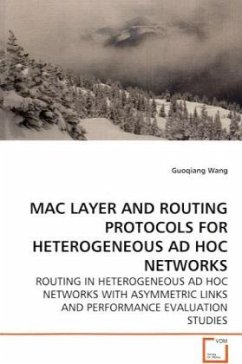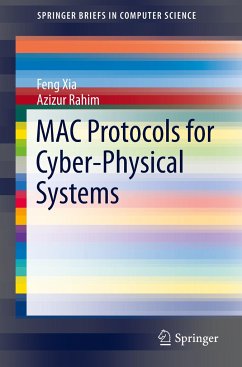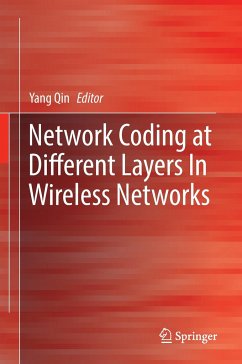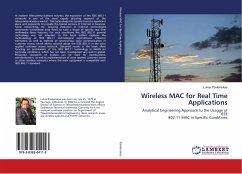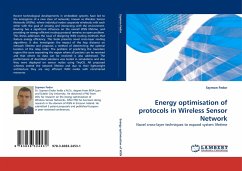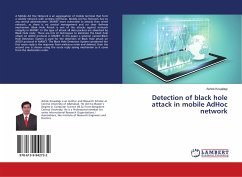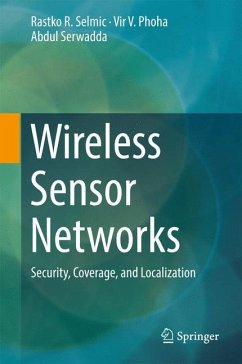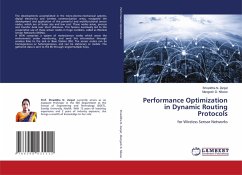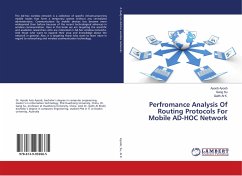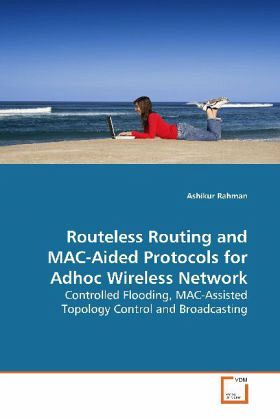
Routeless Routing and MAC-Aided Protocols for Adhoc Wireless Network
Controlled Flooding, MAC-Assisted Topology Control and Broadcasting
Versandkostenfrei!
Versandfertig in 6-10 Tagen
32,99 €
inkl. MwSt.

PAYBACK Punkte
16 °P sammeln!
The focus of this book is ad hoc wireless networks. A correct efficient operation of such networks depends on the interaction of several protocols dealing with routing, medium access control, power control and many other issues. This book is primarily concerned with the development and evaluation of such protocols. It is shown how flooding can be adopted as a reliable and efficient routing scheme in ad hoc wireless networks. It turns out that, with the assistance of some tunable heuristics, flooding is not necessarily inferior to sophisticated point-to-point forwarding schemes. A broadcast-bas...
The focus of this book is ad hoc wireless networks.
A correct efficient operation of such networks
depends on the interaction of several protocols
dealing with routing, medium access control, power
control and many other issues. This book is
primarily concerned with the development and
evaluation of such protocols. It is shown how
flooding can be adopted as a reliable and efficient
routing scheme in ad hoc wireless networks. It turns
out that, with the assistance of some tunable
heuristics, flooding is not necessarily inferior to
sophisticated point-to-point forwarding schemes. A
broadcast-based route-less routing protocol is
developed in which flooding exhibits a tendency to
converge on a narrow strip of nodes along the
shortest path. A MAC-assisted minimum-energy path-
preserving topology control algorithm is also
devised to maintain connectivity using minimal
power. Routing protocols use another important
service called ''broadcasting'' for different
purposes. By adjusting the stochastic component of
the popular class of contention resolution schemes
based on IEEE 802.11, a broadcast scheme is devised
to significantly reduce broadcast latency.
A correct efficient operation of such networks
depends on the interaction of several protocols
dealing with routing, medium access control, power
control and many other issues. This book is
primarily concerned with the development and
evaluation of such protocols. It is shown how
flooding can be adopted as a reliable and efficient
routing scheme in ad hoc wireless networks. It turns
out that, with the assistance of some tunable
heuristics, flooding is not necessarily inferior to
sophisticated point-to-point forwarding schemes. A
broadcast-based route-less routing protocol is
developed in which flooding exhibits a tendency to
converge on a narrow strip of nodes along the
shortest path. A MAC-assisted minimum-energy path-
preserving topology control algorithm is also
devised to maintain connectivity using minimal
power. Routing protocols use another important
service called ''broadcasting'' for different
purposes. By adjusting the stochastic component of
the popular class of contention resolution schemes
based on IEEE 802.11, a broadcast scheme is devised
to significantly reduce broadcast latency.



